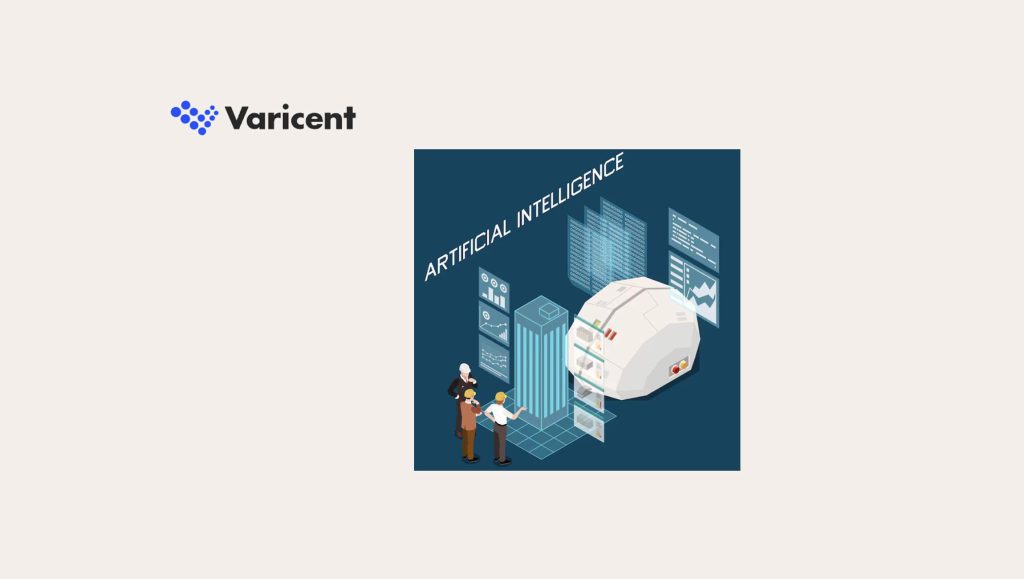As we all move toward more digital selling, it’s important to remember that customer service is on the front line in interacting with customers – and they can be a key asset in driving customer loyalty and retention. Although many companies aspire to make their service organizations revenue centers instead of cost centers, many are far from that goal: technologies and strategies focused on cost containment instead of optimizing outcomes and a transactional view of how service agents are recruited, onboarded, and managed limit the potential of even the best agents and service managers. However, even the most resource-strapped service organizations can move closer to the goals of service that drives repeat business, upselling, and cross selling – and artificial intelligence (AI) and natural language processing (NLP) are the answer.
There are a few reasons why this is possible today. First, technology has gotten much better and cheaper. The advances in NLP mean interactions can be analyzed in real time for coaching and next-best-action recommendations with a high degree of accuracy. Unlike earlier generations that could only deliver evaluations after the fact, or with limited understanding of sentiment, today’s NLP capabilities can scale management and coaching for every interaction. Second, the availability of prebuilt models in the cloud means organizations don’t need a team of data scientists or lengthy consulting engagements to deliver results. Today, many vendors offer low-code, composable tools that enable business teams to deliver NLP-based coaching and recommendations with limited IT resources. Finally, NLP models have become more flexible. The low-code, composable solutions can deliver ongoing improvements and more rapidly change to new customer demands, market events, or product revelations.
Beyond just quality management, NLP can be used to reduce escalations, accelerate time to resolution, and improve the interaction experience for both agents and customers. A key part of the value proposition is automation that enables service managers and agents to focus on quality of interactions without reducing volume. For example, we’ve found NLP solutions can enable managers to increase the number of cases they can review by ten to twenty-fold because tech can help them prioritize backlogs, identify themes and issues, and take a more data-driven approach to coaching. Beyond tactical time savings, we’ve found that the time and resource savings can be devoted to the long list of digital transformation projects – like moving to more intelligent upselling and cross-selling, for example – that service managers didn’t have the bandwidth to tackle before. One fortune 1000 company we worked with, for example, was able to save enough manager time to fund new projects designed to enable agents to cross-train as product and sales experts, driving a new source of revenue from the contact center. Other smaller firms have been able to take advantage of the technology as well, by enabling managers to move away from tactical management and contribute to broader product improvement initiatives, because of the data they’re able to glean from customer service interactions.
Read More: SalesTechStar Interview with Gary Sangha, CEO at LexCheck
AI and NLP can also help reduce agent turnover, another barrier keeping companies from moving toward an optimized customer service organization. The technology can enable managers to see and act on trends that can adversely affect agent health and retention – like abusive customers or high levels of agent frustration linked to a certain issue – that they’d only see anecdotally before (if at all). In some industries like high tech, we’ve found AI enables managers to reduce escalations and the related agent burnout, increasing agent tenure by a month or more. It also enables them to take a more scalable, data-driven approach to agent onboarding and coaching – making agents feel less like they’re being singled out for corrective action. This makes it easier to recruit agents, faster to onboard them, and easier to retain them for a longer period of time.
So, what does it take to leverage the power of AI to enable agents to be more than cost-center employees? First, it’s about moving to the cloud, so you can take advantage of the flexibility and agility cloud models offer and the ongoing improvements vendors are making in cloud solutions. However, moving to the cloud isn’t just a platform change – it’s about rethinking the way business leaders drive technology projects, how IT and business teams collaborate to deliver new capabilities, and how sales, product, and service leadership work together to drive greater efficiency and customer engagement. The great news is that the flexibility of cloud models enables leaders to experiment at a small scale, prove the value of their new approach, and use initial successes and learnings to fund new innovations. Service managers looking to make the case for a broader role for AI can use predictive escalation, for example, to reduce the burden of escalations on other teams outside service, and provide a consistent stream of data on potential service and product improvements based on customer feedback.
As we move to more digital first models, customer service agents are on the front lines, with many having more interactions with customers than any other group in the organization. A strategy that embraces AI to drive not just greater efficiency but optimized customer interactions can drive greater agent and customer retention, increased profits, and a sustainable competitive advantage.
Read More: When in Sales, You Need More Than Just an Effective Subject Line….
About Valoir
Valoir is a technology analyst firm providing research and advisory services to leaders with a focus on the value of people and technology. With deep expertise in customer and employee experience and enterprise applications, Valoir helps clients understand and maximize the value of technology. For more information, visit Valoir.com or follow us on Twitter @ValoirView




















